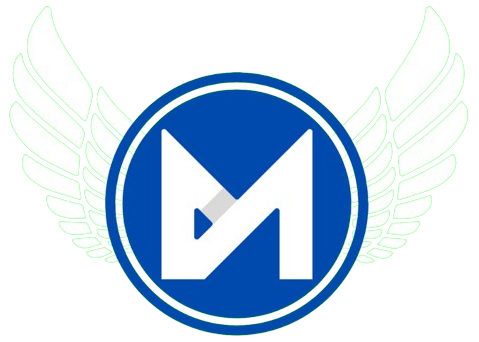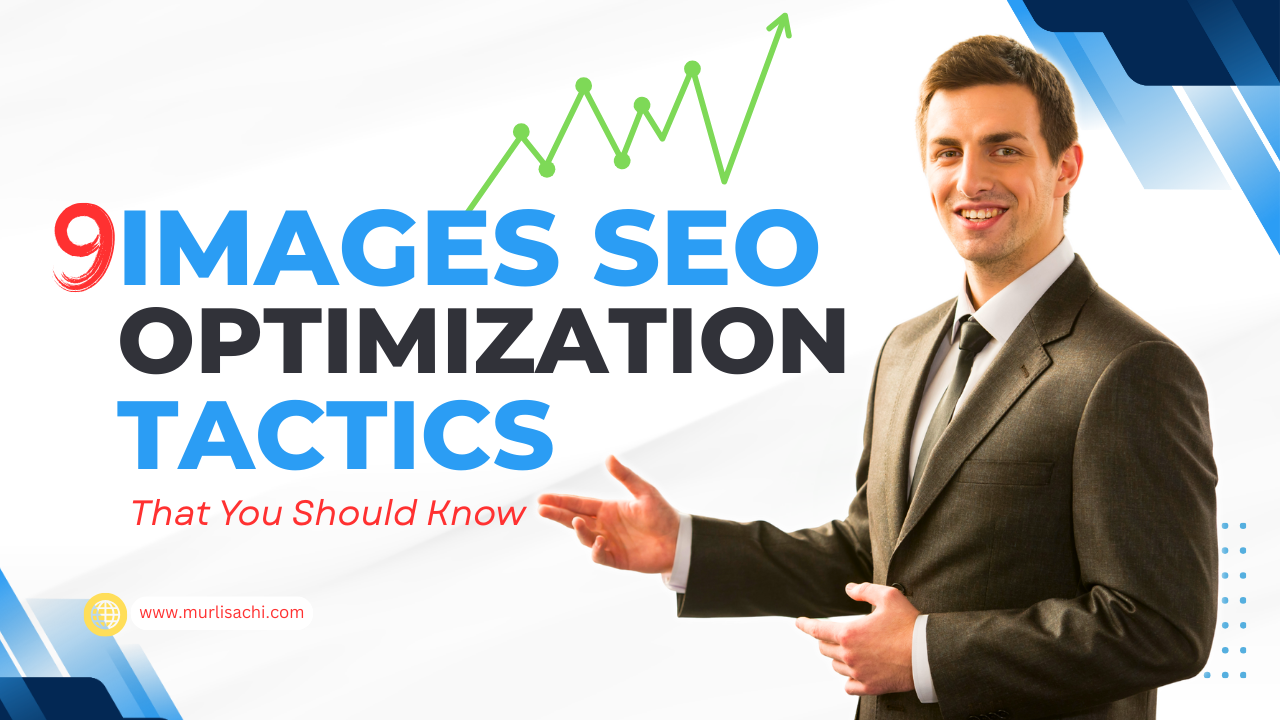Have you ever published a blog post or website page that looked amazing… but no one ever found it on Google?
It’s frustrating, right? You worked so hard on writing, designing, even picking the perfect pictures, yet your traffic is still flat.
The secret? Your images might be invisible to Google.
But don’t worry—by the end of this post, you’ll know 9 simple Images SEO Optimization Tactics that will turn your pictures into traffic magnets.
Most people think SEO is only about keywords and backlinks. But here’s the truth: images play a huge role in how your content ranks.
Why?
Because search engines like Google not only read your text, they also scan your images to understand your content better.
Plus, optimized images load faster, improve user experience, and can even show up in Google Images search—bringing you free traffic.
So if you’ve been ignoring your images… it’s time to change that.
Today, we’ll go through 9 Images SEO Optimization Tactics That You Should Know—step by step, simple, and practical.
1. Use Descriptive File Names
When you upload an image with a file name like IMG_1234.jpg, Google has no clue what it is.
Instead, name it with keywords. For example:
❌ Wrong: IMG_2025.jpg
✅ Right: blue-running-shoes.jpg
This helps search engines understand your image instantly.
2. Always Add Alt Text
Alt text is like a voice-over for your images. It tells both users (especially those with screen readers) and Google what’s in the picture.
Keep it short, natural, and keyword-rich.
Example: “Woman tying blue running shoes before jogging in park.”
3. Compress Your Images for Speed
A heavy image slows down your site, and a slow site = lower Google ranking.
Use free tools like TinyPNG or Squoosh to shrink file size without losing quality.
4. Choose the Right File Format
- JPEG → Best for photos
- PNG → Best for graphics with transparency
- WebP → Modern format, smaller size + high quality
5. Use Responsive Images
Your website looks different on mobile vs desktop. Make sure images automatically adjust to screen size.
This avoids stretched or blurry pictures, keeping both Google and visitors happy.
6. Add Captions (When Relevant)
People often scan pages. Captions under images get noticed more than regular text.
For example, if you post a picture of SEO analytics, your caption could say:
“Image SEO tactics can increase your organic traffic by 30%.”
7. Create Image Sitemaps
Yes, sitemaps aren’t just for pages—they also work for images.
An image sitemap tells Google exactly where your images are and what they mean.
If you’re using WordPress + Yoast SEO plugin, it can generate this automatically.
8. Use Original & High-Quality Images
Stock photos are fine sometimes, but original photos rank better because they’re unique.
Think about it—Google doesn’t want to show the same stock image on 100 websites.
So whenever possible, take your own pictures, create infographics, or design custom graphics.
9. Optimize for Google Images Search
Here’s a secret: Google Images itself is a huge traffic source.
How to rank there?
- Use descriptive titles and captions.
- Upload high-resolution but optimized images.
- Place images near relevant text.
This way, people searching on Google Images can discover your website.
When I first learned these tactics, I realized I’d been wasting so much traffic potential for years. Imagine writing a whole book and hiding it in your closet.
That’s what unoptimized images do to your content.
But the moment you apply these steps, your site starts breathing. Pages load faster. Google notices you. And suddenly—traffic flows in.
✅ Conclusion + Call to Action
There you have it—9 Images SEO Optimization Tactics That You Should Know.
Let’s quickly recap:
- Descriptive file names
- Alt text
- Compression
- Correct file format
- Responsive images
- Captions
- Image sitemaps
- Original visuals
- Google Images optimization
If you start applying even a few of these today, your website will not only look better but also attract more visitors.
💡 Remember: Every image is a chance to rank higher and bring traffic. Don’t waste it.
👉 Now it’s your turn: Which tactic are you going to try first? Drop your answer in the comments—I’d love to hear from you.
And if this blog helped you, share it with a friend who struggles with SEO.
Why is image SEO optimization important?
Image SEO optimization is important because it helps search engines understand your content, improves website speed, and increases your chances of ranking in Google Images.
What are the best tools for image SEO optimization?
Some of the best tools for image SEO optimization include TinyPNG, Squoosh, ShortPixel, and Imagify for compression.
How do I add alt text for better image SEO?
To add alt text, simply edit the image details when uploading to your CMS (like WordPress). Write a short, descriptive sentence that explains what’s in the image while naturally including your keyword.


